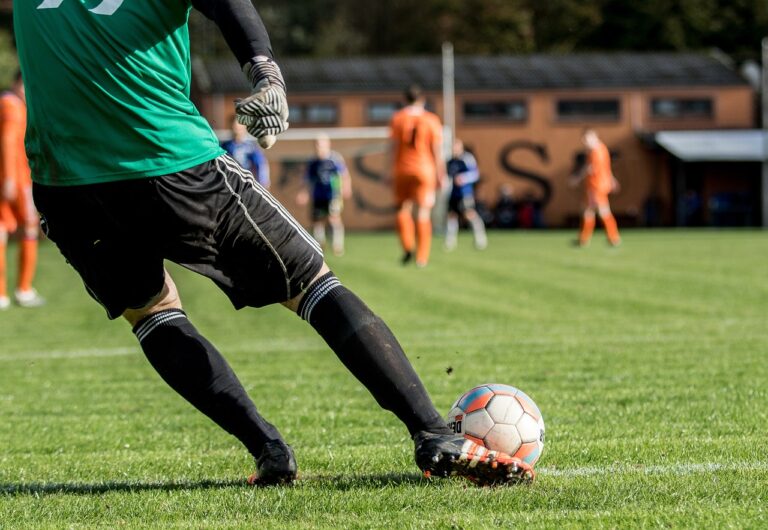The Role of Cricket in Indigenous Land Rights Movements: Betbhai9 registration, Radheexch/admin, My 99 exch
betbhai9 registration, radheexch/admin, my 99 exch: Cricket has always been a sport that transcends boundaries and brings people together. But in recent years, it has also played a significant role in Indigenous land rights movements around the world. From Australia to India, cricket has become a powerful tool for raising awareness and advocating for the rights of Indigenous communities.
In Australia, cricket has been closely linked to the Aboriginal land rights movement. The famous ‘Welcome to Country’ ceremonies before cricket matches serve as a reminder of the traditional owners of the land on which the game is being played. The Aboriginal and Torres Strait Islander flags are often displayed at cricket matches, highlighting the importance of Indigenous culture and identity.
One of the most iconic moments in Australian cricket history was when the legendary cricketer Sir Don Bradman asked the Australian government to return the land of the Melbourne Cricket Ground to the Wurundjeri people. This powerful gesture helped shine a spotlight on the land rights issues faced by Indigenous communities in Australia.
In India, cricket has also played a role in Indigenous land rights movements. The Indian Premier League (IPL) team Rajasthan Royals has partnered with the Indigenous Bishnoi community to raise awareness about their struggle to protect their land and natural resources. The team even wore jerseys with the message ‘Save Bishnoi’ during a match, bringing international attention to the issue.
Cricket has the power to reach a wide audience, both nationally and internationally. By using the platform of cricket, Indigenous communities can amplify their voices and raise awareness about their land rights struggles. Whether it’s through symbolic gestures at cricket matches or partnerships with cricket teams, the sport has the potential to bring about real change for Indigenous communities.
FAQs
Q: How has cricket helped Indigenous communities in their land rights movements?
A: Cricket has provided a platform for Indigenous communities to raise awareness about their land rights struggles and amplify their voices on a national and international scale.
Q: What are some examples of cricket’s role in Indigenous land rights movements?
A: In Australia, the ‘Welcome to Country’ ceremonies before cricket matches and Sir Don Bradman’s advocacy for returning land to the Wurundjeri people are powerful examples. In India, the Rajasthan Royals’ partnership with the Bishnoi community is another notable instance.
Q: Why is cricket an effective tool for Indigenous land rights advocacy?
A: Cricket has a wide reach and a large audience, making it an effective platform for Indigenous communities to share their stories and advocate for their land rights.
In conclusion, cricket has the power to be more than just a sport – it can be a force for social change and justice. By standing in solidarity with Indigenous communities and using the platform of cricket, we can support their struggle for land rights and ensure that their voices are heard on a global scale.







